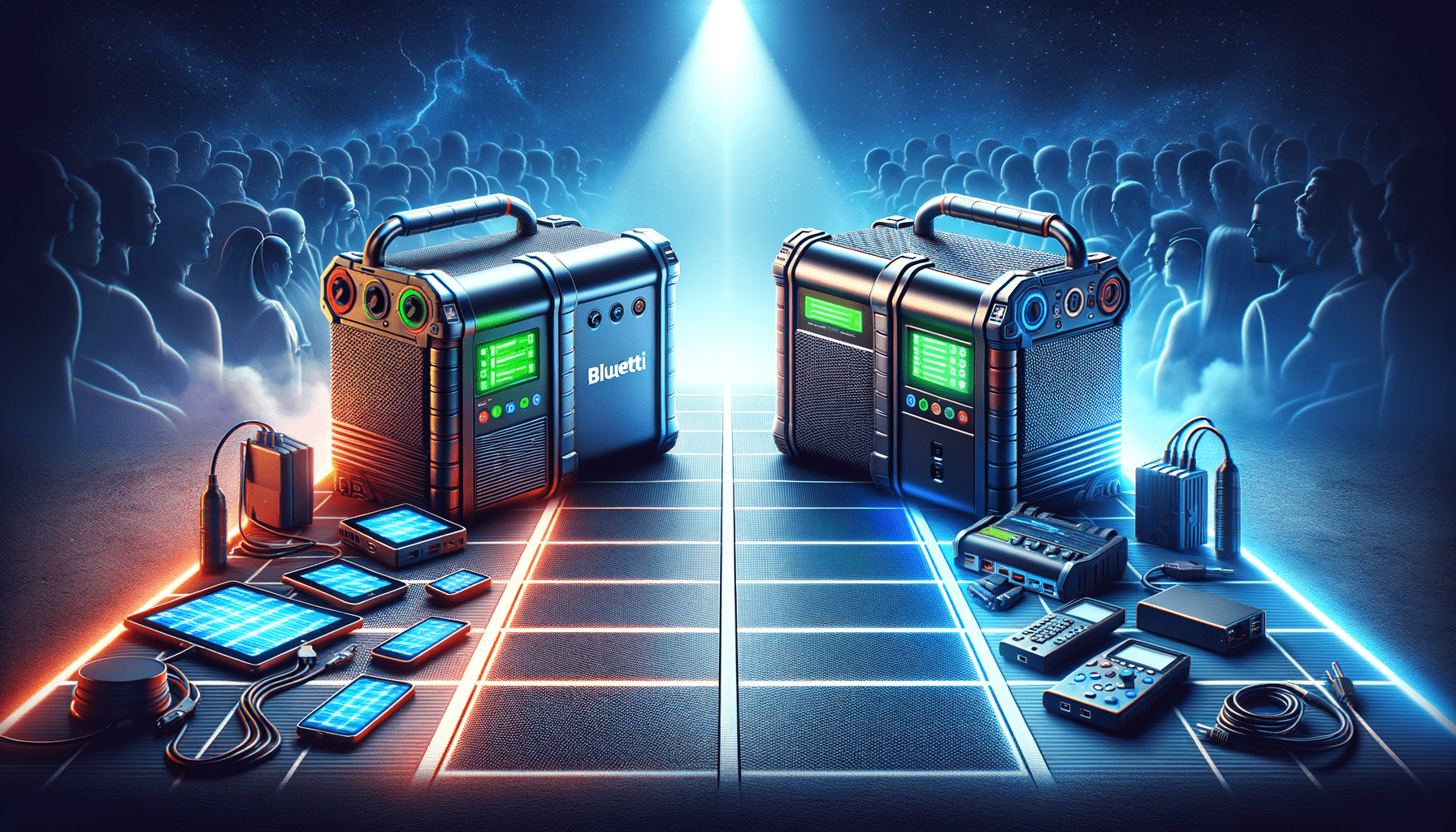When it comes to keeping your devices up and running during an outdoor adventure or ensuring you have a reliable backup power source at home, a portable power station is an indispensable tool. In this article, we delve into a detailed comparison of two popular models on the market: the Bluetti AC70 and the Renogy 1000. By weighing their features, capacities, and technical specifications, we aim to help you make an informed decision on which power station best suits your needs.
Design and Portability
Bluetti AC70
The Bluetti AC70 boasts a compact design weighing around 22.5 pounds, with the dimensions making it moderately easy to handle. It’s liftable, if you’re on the move, and its cube-like construction suggests it would snugly fit in the trunk of a car or in the corner of a tent.
Renogy 1000
The Renogy 1000, on the other hand, is slightly heavier at 41.0 pounds, with a more elongated form. Its extra weight may make it a bit less portable than the Bluetti, but what it loses in portability, it makes up for in durability with its steel construction.
Battery Capacity and Output
| Bluetti AC70 | Renogy 1000 | |
|---|---|---|
| Battery Capacity | 768Wh | 998Wh |
| Rated Power | 1000W | 1500W |
| Surge Power | 1500W | 3000W |
| Battery Type | LiFePO₄ | LiFePO₄ |
| Charge Cycles | 3000+ cycles to 80% | 3000 cycles |
Both the Bluetti AC70 and the Renogy 1000 feature lithium iron phosphate (LiFePO₄) batteries, which are renowned for their safety and longevity. While the Renogy edges ahead with a slightly larger capacity and surge power, both promise over 3000 charge cycles, ensuring extended use over the years.
Charging and Solar Input
| Bluetti AC70 | Renogy 1000 | |
|---|---|---|
| AC Input | 950W Turbo Charging | Recharge to 80% in approx. 1 hour |
| Solar Input | Up to 500W | 220W (Renogy E.FLEX) |
| Solar Charging Time (to 80%) | 2.8-3.3 hours | Approx. 2.5 hours |
| USB-C Ports | 2 × 100W Max | N/A |
| AC Outlets | 2 x 120V | 6 Pure Sine Wave |
While both units can be charged rapidly via AC, the Bluetti AC70 allows for a whopping 500W solar input, versus the Renogy’s compatibility with a 220W solar panel. However, the Renogy 1000 boasts a faster solar recharge time and more AC outlets, which might appeal to those requiring multiple outlets for various devices.
Additional Features and Use Cases
Bluetti AC70
The BLUETTI AC70 is loaded with features such as UPS capability, smart app compatibility, and can be paired with additional batteries for greater capacity. Its myriad of ports makes it versatile for charging or powering everything from smartphones to small appliances.
Renogy 1000
Renogy 1000 also has impressive offerings, including a Standby Power Supply feature for emergency use, an option for expanding capacity with parallel kits, and a robust steel construction for increased durability. Moreover, its 12 outlets and high output can cater to more demanding electrical needs.
Conclusion
Deciding between the Bluetti AC70 and the Renogy 1000 boils down to prioritizing your specific needs. The Bluetti AC70 serves well for those who need a lightweight, fast-charging solution with high solar input capability, whereas the Renogy 1000 fits users looking for more outlets, faster solar recharge, and higher power output, albeit at a heavier weight.




Leave a Reply